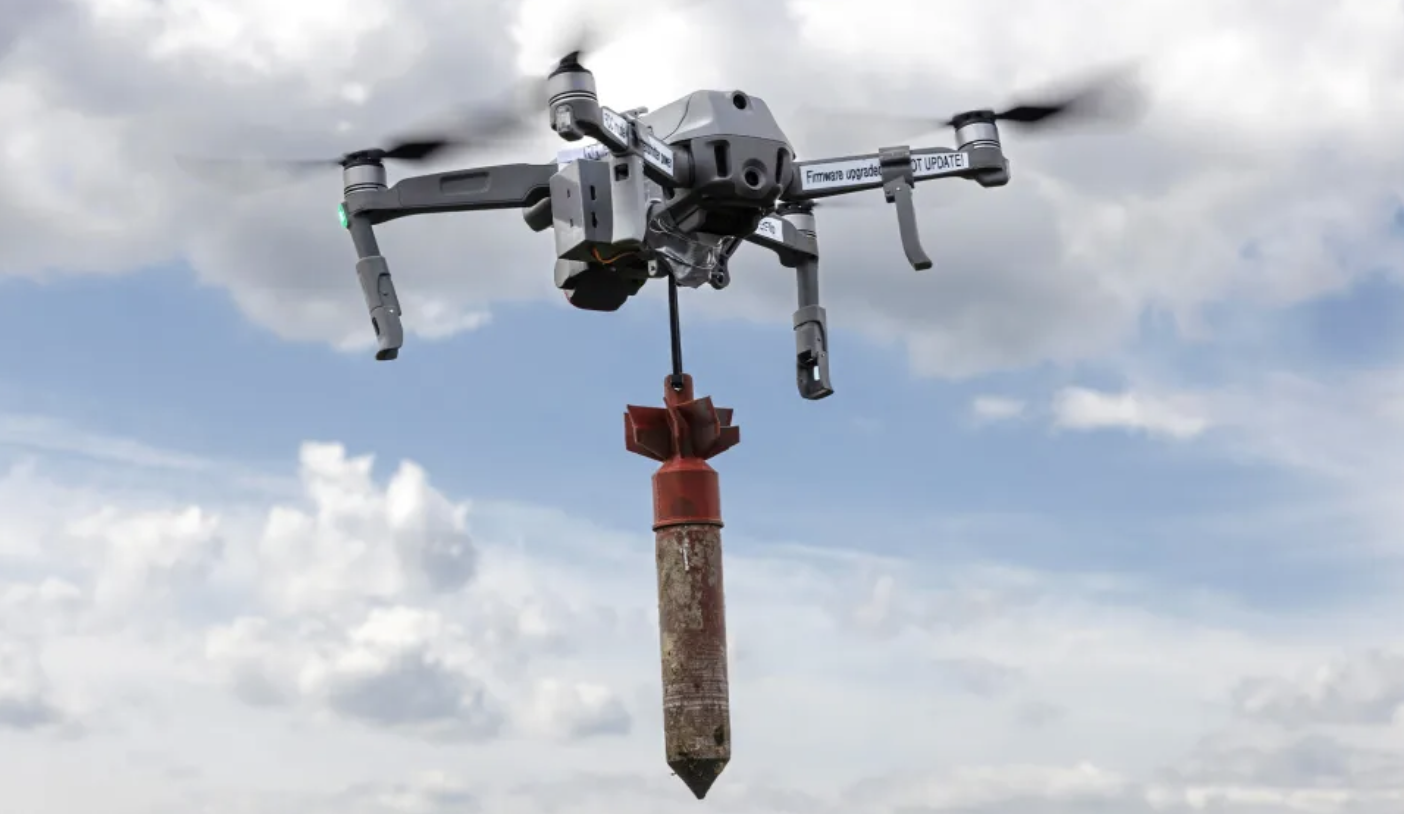 Kerby Anderson
Kerby Anderson
You have probably heard the observation that often the military is “fighting the current war with the tactics of the previous war.” There has been a tendency for military leaders to rely on strategies and approaches that were successful in the past, even when they were ineffective due to new technologies.
Christian Brose argues that “America Must Prepare to Face the Foes of the Future.” He illustrates that by quoting the Washington Post, “Ukraine Attacks Russian Air Bases in Far-Reaching Drone Strikes.” He then quotes the Wall Street Journal, “How Israel’s Mossad Smuggled Drone Parts to Attack Iran from Within.”
Two different battlefields that come to the same conclusion. Low-cost, easy-to-produce drones caused substantial damage to expensive, highly sophisticated pieces of military hardware. Operation Spiderweb in Ukraine may have only cost $150,000 and yet was able to destroy nearly $7 billion in Russian strategic bombers.
The Secretary of Defense and other leaders in the Pentagon see this, but they also must contend with the fact that the Defense Department is a huge bureaucracy that doesn’t pivot quickly. We are still purchasing expensive, hard-to-produce weapons systems. He reminds us that the Ford company could produce B-24 planes because they weren’t significantly different from their automobiles. Today, a B-21 stealth bomber is very different from a commercial car.
America can still win future wars, but it will require a different mindset. That means that Congress and the military will have to start thinking differently.
 Listen Online
Listen Online Watch Online
Watch Online Find a Station in Your Area
Find a Station in Your Area










 Listen Now
Listen Now Watch Online
Watch Online
